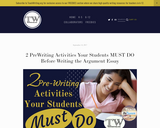
This resource details prewriting strategies for students to employ when writing arguments.
- Subject:
- English Language Arts
- Material Type:
- Lesson Plan
- Provider:
- Teachwriting.org
- Author:
- Teachwriting.org
- Date Added:
- 04/23/2019

This resource details prewriting strategies for students to employ when writing arguments.

This resource accompanies our Rethink 6th Grade ELA course. It includes ideas for use, ways to support exceptional children, ways to extend learning, digital resources and tools, tips for supporting English Language Learners and students with visual and hearing impairments. There are also ideas for offline learning.

This parent guide supports parents in helping their child at home with the 6th grade English Language Arts content.
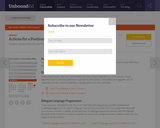
In this lesson, students will take their knowledge of how a position paper is constructed using reasons and evidence in order to plan their body paragraphs on the Planning My Body Paragraphs graphic organizer.
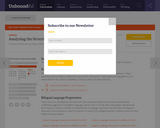
In this lesson, students will write focus on drafting an outline for their own essays by examining the model essay, "The Importance of Reading Every Day" for structure and content.
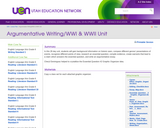
In this 28 day unit, students will gain background information on historic wars, compare different genres, presentations of events, recognize different points of view, research an essential question, compile evidence, create warrants that lead to a claim which answers the essential question, and write an argumentative essay.
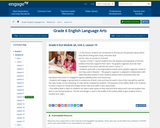
In this lesson, students are introduced to and discuss the question about which they will be writing their essay: How does Bud use his rules: to survive or to thrive?

This lesson builds on the Forming Evidence-Based Claims graphic organizer from Lesson 10. In this lesson, students refine and revise their supporting evidence.
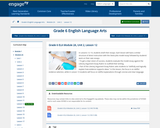
In Lessons 12–14, students draft their essays. Each lesson will have a similar structure of direct instruction with the Steve Jobs model essay followed by students’ work on their own essays.
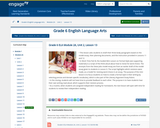
This lesson asks students to draft their three body paragraphs based on the model essay, their planning documents, and the instruction provided in Lessons 11 and 12.
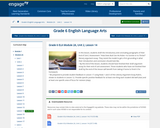
In this lesson, students draft the introductory and concluding paragraphs of their End of Unit 2 Assessment: "How Does Bud Use His Rules—to Survive or to Thrive?” literary argument essay.
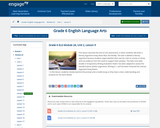
This lesson launches the end of unit assessment, in which students will write a literary argument essay about Bud, Not Buddy. Students closely examine the prompt and a model essay so they have a clear understanding and purpose for the work ahead.
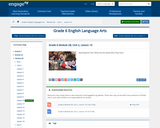
In this lesson, students make a claim about two adversities faced by people in the Middle Ages that they want to focus on in their essay.
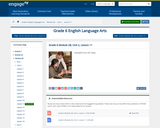
In this lesson, students further refine the examples from life today that they have chosen to support their claim.
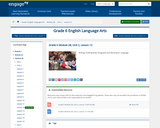
This lesson asks students to draft their two body paragraphs using the following for guidance: the model essay; Are We Medieval?: Forming Evidence-Based Claims graphic organizer; and the instruction provided in Lessons 10 and 11.
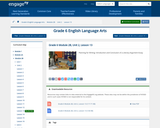
In this lesson, students draft the introductory and concluding paragraphs of their End of Unit 2 Assessment.
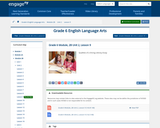
This lesson launches the end of unit assessment, in which students will write a literary argument essay.
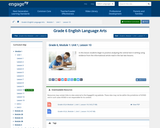
In this lesson students begin to practice analyzing the central text in writing using evidence from the informational article read in the last two lessons.

This course was created by the Rethink Education Content Development Team. This course is aligned to the NC Standards for 6th Grade English Language Arts.

This course was created by the Rethink Education Content Development Team. This course is aligned to the NC Standards for 6th Grade ELA.